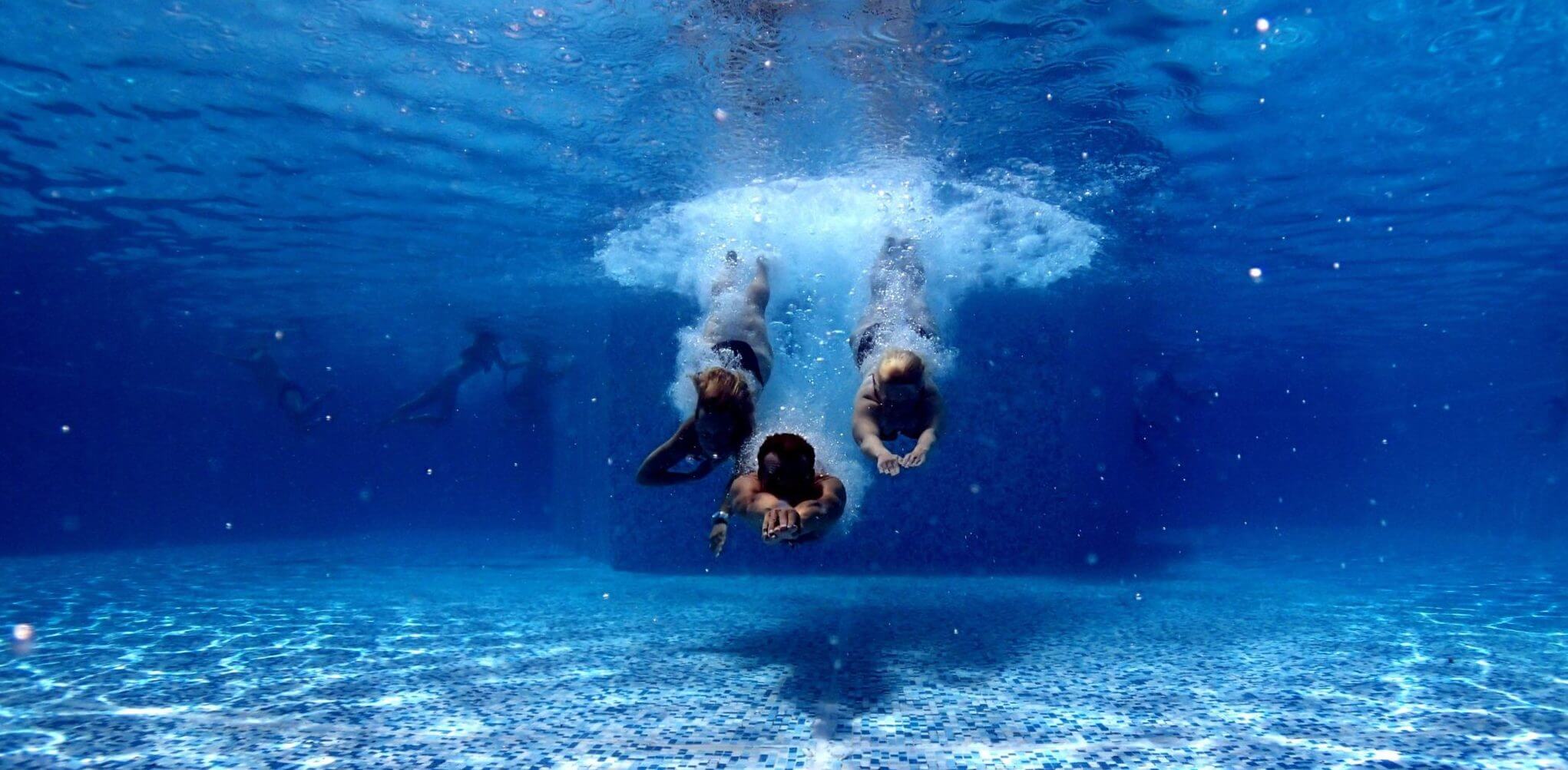
A good quality of bathing or recreational water allows you to enjoy the summer in peace. For your health and to ensure a pleasant and healthy environment, it is important to know the degree of contamination of swimming pools, spas, lakes or beaches where you enjoy hot days. A laboratory test will allow you to learn more about the contamination aspect of the water.
To prevent water contamination or health problems caused by pollutants (microorganisms or other), you can take the following precautionary measures:
- Do not swallow water in which you are bathing.
- Avoid bathing if:
- You have diarrhea or nausea;
- You suffer from a contagious skin infection where you have an open wound.
- Avoid eating too much before swimming to reduce your chances of vomiting in the water.
- Put a specially designed diaper for swimming on your baby and change it often. Bring your young children regularly to the toilet.
- Inform the person in charge where you are bathing of any incident or problem that may affect water quality.
- Take a shower after bathing.
Also, depending on where you bathe, other extra precautions should be taken. We encourage you to follow Health Canada’s recommendations:
Beaches
- Apply solar protection cream at least half an hour before bathing.
- If possible, bathe in places where the quality of water is regularly tested and the results are posted. This is the case for beaches registered in Programme Environnement – Plage . Click on admissible beaches by region.
- Check with the person responsible for the beach that there are no blue-green algae in the water and that there are no other problems with the beach.
- Avoid beaches where swimmer dermatitis has been reported. When in doubt, always take the following precautions:
- Coming out of the water, dry yourself by rubbing vigorously with a towel.
- Avoid feeding aquatic birds. Their feces may contain bacteria or parasites such as cercariae (small larvae that can cause swimmer dermatitis) that can contaminate water.
- If you show symptoms of swimmers’ dermatitis (Health Problems Associated with Bathing Waters – http://sante.gouv.qc.ca/en/problemes-de-sante/problemes-de-sante-lies-aux-eaux-de-baignade/), inform the person in charge where you were bathing.
Indoor swimming pools and other artificial pools, including indoor spas and hot tubs
- Use the toilets before entering the water
- After, take a shower with soap for at least one minute and rinse thoroughly. You will limit the number of contaminants (sweat, secretions, skin particles, cosmetic residues, urine and feces) that you may leave in the water.
- Avoid putting your head under water in a spa. You will be less likely to get an infection form water entering your mouth or your ears.
- Respect the number of bathers allowed in the spa. The number of microorganisms in the water and the risk of infection increase with the number of bathers.
Outdoor swimming pools and other artificial outdoor pools
- Apply solar protection cream at least half an hour before bathing.
- Use the toilets before bathing.
- Take a shower without soap for at least one minute. Showering without soap removes the surplus solar protection cream and other contaminants from your skin. It limits water contamination all the while leaving enough cream on your skin to protect you from the sun.
- Avoid eating or drinking near the bathing area.
The H2Lab team wish you a great summer!
